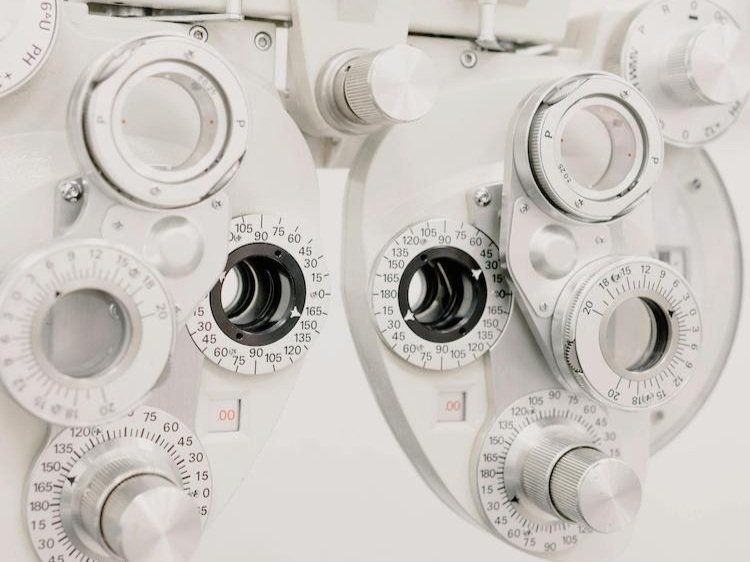Understanding Vision Insurance for Seniors on Medicare: What it Covers, Costs, and How to Choose the Best Plan
Maintaining clear vision is vital for seniors to lead active and independent lives. However, Medicare doesn’t typically cover routine eye care like exams, glasses, or contact lenses. That’s where vision insurance steps in, providing coverage for these essential services. Let’s explore how vision insurance works, its benefits for Medicare recipients, and how to choose a plan that fits your needs.
What is Vision Insurance?
Vision insurance helps reduce the cost of routine eye care, including:
Eye Exams: Coverage for annual or bi-annual checkups.
Lenses and Frames: Discounts or allowances for glasses and contacts.
Procedures: Some plans offer savings on vision correction procedures like LASIK.
Seniors on Medicare often need to purchase standalone vision insurance or take an Advantage plan that includes vision coverage. These options ensure coverage for routine care not provided by Original Medicare.
Why is Vision Insurance Important for Seniors on Medicare?
Aging increases the risk of eye conditions such as glaucoma, cataracts, and macular degeneration. Regular eye exams not only update your prescriptions but also help detect these issues early. Additionally, exams can reveal signs of health concerns like diabetes or high blood pressure.
For seniors on Medicare, vision insurance bridges the gap by covering routine care and reducing out-of-pocket expenses. Plans often include low-cost exams and allowances for corrective lenses, making it easier to stay on top of your eye health.
What Does Vision Insurance Cover—and What Doesn’t It Cover?
Vision insurance plans typically cover:
Routine Eye Exams: Usually one per year.
Glasses or Contacts: Annual allowances or discounts.
Special Lens Options: Some plans include coatings like anti-glare or scratch resistance.
However, vision insurance typically does not cover:
Treatments for eye diseases (handled by Medicare Part B or Medicare Advantage).
Non-prescription sunglasses.
Premium lens coatings or designer frames (may require additional payment).
Knowing what is and isn’t covered can help you decide on the best plan and avoid unexpected expenses.
How Much Does Vision Insurance Cost?
Vision insurance is generally affordable, with monthly premiums ranging from $10 to $30, depending on the plan and provider. These premiums are typically lower than those for medical insurance because vision insurance covers a smaller range of services. Out-of-pocket costs, such as copays for exams or lenses, vary by plan.
Several factors can influence the cost of vision insurance:
Coverage Level: Plans that offer more extensive coverage (such as higher allowances for frames or contacts) may have higher premiums.
Network Restrictions: Some plans require you to use in-network providers to get the best rates, while others offer out-of-network options but at a higher cost.
Deductibles: Some plans have deductibles you must pay before coverage kicks in, although many vision insurance plans do not have high deductibles.
When comparing costs, it’s a good idea to estimate how much you’d spend on eye care without insurance and see if a vision plan would save you money in the long run.
Choosing the Right Vision Insurance Plan
Finding the right vision insurance plan doesn’t have to be overwhelming. Here are a few tips to help you decide:
Assess Your Needs: Think about your specific vision needs. Do you need regular eye exams, new glasses every year, or contact lenses? If you have stable vision and don’t need frequent updates to your eyewear, a basic plan may be enough. However, if you require more frequent care or specialized eyewear, look for a plan with a higher allowance for these items.
Check Network Providers: If you have a preferred eye doctor, make sure they’re in the network of any plan you consider. In-network providers usually offer lower rates, which can reduce your out-of-pocket costs. Plans with a large network can give you more flexibility in choosing where to go for eye care.
Look for Added Benefits: Some vision insurance plans offer additional perks, such as discounts on LASIK, extra allowances for glasses, or discounts on specialty lenses. These benefits can provide extra value if they align with your needs.
If you’re enrolled in Medicare Advantage, check if your plan already includes vision benefits.
Alternatives to Vision Insurance for Seniors
If standalone vision insurance isn’t right for you, consider these options:
HSAs and FSAs: Use pre-tax savings for vision expenses.
Discount Vision Plans: Membership programs offering reduced rates on exams and eyewear.
Out-of-Pocket Payments: Some providers offer discounts for paying cash.
Conclusion
For seniors on Medicare, vision insurance can be a game-changer, offering affordable coverage for routine care and helping detect vision issues early. Regular checkups, updated prescriptions, and quality eyewear all contribute to a healthier, more independent lifestyle.
If you’re unsure which vision insurance plan is best for you, let NewLife Senior Insurance guide you. We specialize in helping Medicare recipients find coverage tailored to their needs, ensuring you can maintain clear vision and peace of mind.
Let’s Talk
WE HELP PROVIDE THE BEST MEDICARE COVERAGE FOR SENIORS





